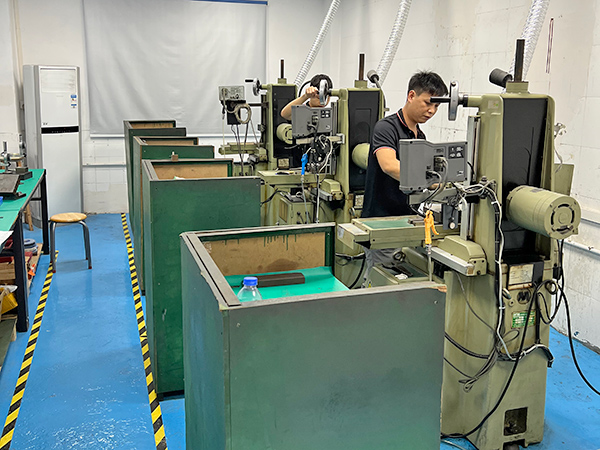
I. Design of gate condensate pulling and stripping form
The pull rod is divided into the gate pull rod and the runner pull rod. Both the gate pull rod and the runner pull rod are used to drop the condensate. In addition, a cold material hole is often opened at the end of the pulling rod to store the condensed material.
1. Gate pull rod: The gate pull rod is used to cut off the gate material and fall off the gate condensate.
2. Runner pull rod: The runner pull rod is used to drop the condensate from the runner.
Second, latent shedding gate condensate mechanism
The condensed material mechanism of the latent shedding gate is the structure of the condensed material in the latent gate of the injection mold.
(1) One of the push-rod ejection gate condensate mechanisms: the gate is a latent or shear gate, which is a widely used gate. During the ejection process, the push rod and the push rod push the condensate and the injection molded parts of the gating system respectively, and the condensate at the gate is cut off and separated from the injection molded parts by means of the moving template. After separation, the condensed material and the injection molded parts of the gating system are respectively eject. The hook pull rod pulls the condensate in the main channel out of the main channel of the sprue sleeve, and then pushes it out.
(2) The second condensed material mechanism of ejector ejector gate with push rod: an additional latent gate is set on the push rod. During the action process, after the mold is opened by the fixed template, the push rod and the push rod are simultaneously removed when the material is removed. The injection molded parts and the condensed material in the runner are ejected, and the condensed material is cut by the gate of the movable mold and then falls automatically. The hook pull rod pulls the condensate in the main channel out of the main channel of the sprue sleeve, and then pushes it out.

(3) Condensate mechanism of ejector ejector gate with push plate: when the mold is opened, the fixed platen and the ejector plate are first separated, and the injection molded parts are brought to the moving model core. When ejected, the ejector plate is first Push up and cut off the gate condensate together with the core. Then, the hook pull rod pushes the gate condensate out of the fixed plate of the core and automatically falls.
(4) Differential push plate ejection gate condensate mechanism: During the ejection process of injection molded parts, the injection molded parts are first pushed by the push rod to cut off the gate condensed material and separate from the injection molded parts. After the ejection distance, the limit ring is pushed, so that the push rod pushes the gate condensate, and the injection molded part and the gate condensate are pushed out of the cavity. Dongguan Machike Injection Mold Manufacturing Factory adopts this secondary ejection method to overcome the phenomenon of stretching the gate condensate caused by the first ejection method, thereby facilitating the ejection of the gate condensate.
(5) Shear cut gate condensate: After injection, the nozzle of the injection machine retreats, and the sprue sleeve is bounced up by the spring to separate the sprue from the sprue sleeve. When the mold is opened, the shear block is pushed under the action of the spring, and the gate condensate is cut by the cutting edge of the shear block. The amount of movement of the cutout is controlled by the limit screw. It should be noted that the spring should have sufficient spring force. This shear gate eliminates the need to remove the gate condensate, and is more suitable when the injection molded parts allow the presence of residual gate condensate.
about
Introduction Company image honor cooperate videoApplication
electronic medical communication Morenews
Dynamic Information problemCustomer Service
contactTEl:+86 0769-87886390

Public Account

Mobile Site